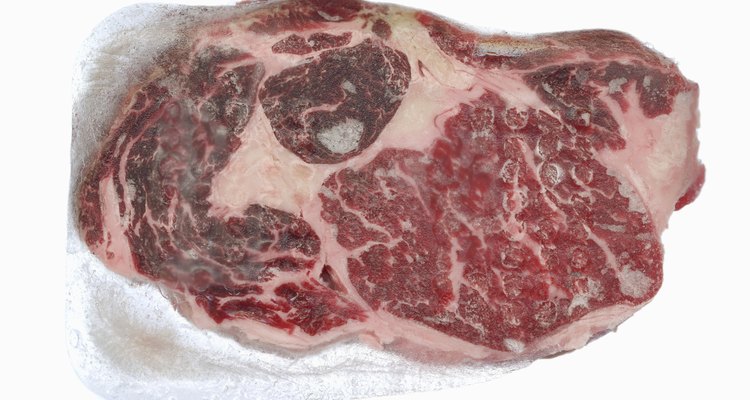
The introduction of inexpensive refrigerators and freezers for home use made it possible to have safe, fresh, high-quality foods in the average home year-round. Freezing is especially useful, preserving foods for months in nearly fresh condition. However, freezing and thawing meats repeatedly can take away from their quality and increase the risk of food-borne illness.
Time and Temperature
The risk of any food becoming a source of food-borne illness is directly related to how carefully you handle it. At temperatures from 40 to 140 F, bacteria can flourish and reproduce freely. This is a concern because, the more bacteria in a food, the greater the chance of illness. At temperatures below 40 Fahrenheit, most bacteria are sluggish or dormant and pose little threat. At freezer temperatures, bacteria are completely inactive. Whenever possible, the goals is to thaw your meat without ever letting it rise above 40 degrees Fahrenheit.
Refrigerator Thawing
The USDA's Food Safety and Inspection Service recognizes three safe methods of thawing: in the refrigerator, cold running water or the microwave. Only refrigerator thawing is considered suitable for meats that might be refrozen. This is because no portion of the meat will rise above a food safe refrigerator temperature at any time. Other thawing methods allow part of the meat to rise above 40 Fahrenheit, creating a risk of infection. You'll need to be organized, because refrigerator thawing requires a degree of advance planning. Chops or steaks will thaw overnight, but a whole turkey can take days.
Loss of Quality
A second freezing and thawing cycle has an impact on the meat's quality. When meats are frozen, ice crystals form inside the cells of muscle tissue and puncture the cell walls. That's why your meats leak juices when they're thawed. If you freeze the meat again, you're creating further moisture loss, and, when you eventually cook the meat, you may find it dense and dry in texture. Commercial processing plants freeze foods very quickly, producing smaller and less-damaging ice crystals, so meats you've purchased frozen suffer a smaller loss of quality than meats you've frozen at home.
When Not to Refreeze
Use your judgment when deciding to refreeze meats. If you've thawed your meats in the refrigerator, you can refreeze the unused portions that day or leave them overnight in the fridge and refreeze them the following day. Meats thawed in cold water or the microwave can be cooked first and then frozen, because cooking will stop any bacterial growth that may have begun. If the meat appears to have suffered freezer burn, discard it. If the meat is discolored, slimy or smells "off," discard it.
Related Articles
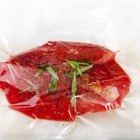
Rules for Thawing and Refreezing Meat

Guidelines For Refreezing

If Meat Is Frozen, How Long Does It ...
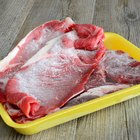
Can You Use Stew Meat That Has Been ...
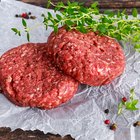
Can You Freeze Raw Hamburger, Cook It & ...

Can You Cook Frozen Foods That Are Past ...
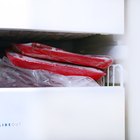
How Long Do You Keep Meat in Freezer?
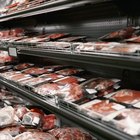
How Long Can Meat Stay out of the ...
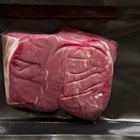
How to Cook a Frozen Vacuum Sealed Steak
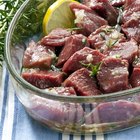
Can You Marinate & Refreeze Beef?

How to Thaw, Cook & Refreeze Vegetables

How Do I Tell If Pork Has Turned Bad?
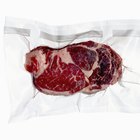
Can You Freeze Meat Twice?

Does Brandy Freeze?

What Happens to Boneless Chicken if I ...
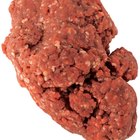
Dangers of Spoiled Ground Beef
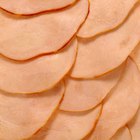
How Can I Tell If Lunch Meat Has Gone ...

Can You Freeze Shish Kabobs?

How Long Can Frozen Food Sit Out Before ...

How to Freeze a Baguette
References
- "On Food and Cooking: The Science and Lore of the Kitchen"; Harold McGee; 2004
- "Professional Cooking"; Wayne Gisslen; 2003
- USDA Food Safety and Information Service: Freezing and Food Safety
- USDA Food Safety and Information Service: Common Questions -- Food Safety: Food Storage, Preparation and Handling
- USDA Food Safety and Information Service: Keep Food Safe: Food Safety Basics
Writer Bio
Fred Decker is a trained chef and prolific freelance writer. In previous careers, he sold insurance and mutual funds, and was a longtime retailer. He was educated at Memorial University of Newfoundland and the Northern Alberta Institute of Technology. His articles have appeared on numerous home and garden sites including GoneOutdoors, TheNest and eHow.
Photo Credits
Siri Stafford/Digital Vision/Getty Images